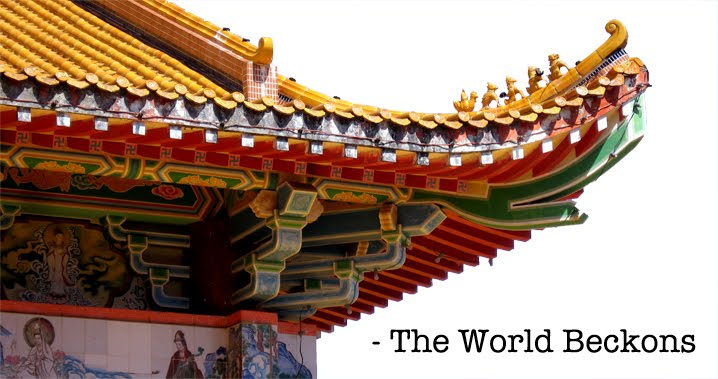 |
| Buda Castle, from Pest. |
Pest is flat.
Now one city, Budapest is divided by the Danube, which once marked the edge of the Roman Empire. I’ve crossed Széchenyi Chain Bridge to Fisherman’s Bastion and Buda Castle, which stand proudly over the river.
These are no doubt two of the city’s most magnificent and popular attractions.
Fisherman’s Bastion twists and curves like a stone sandcastle, offering stunning views for miles. Tourists jostle for the best photos.
 |
| The only moment without people. |
Damage from the Russian siege is still visible today. As I round a corner, pockmarks scar the face of the national archives, providing a very tangible reminder of some of the area's less regal history.
The sound of guns has been replaced by jackhammers.
Now a UNESCO World Heritage Site, the complex is being rebuilt to its original designs. Ornate facings are held up by steel beams as historic landmarks, including the Royal Palace, are brought back to their previous splendour.
Today has felt like every destination is 2.5 kilometres away, which I now need to reverse if I want to check in to my hotel.
I pass an oxidized bronze statue of Baron Eotvos Jozsef, which stands imposingly outside a brown, early 1980s-era Intercontinental Hotel. It's a bit of an anachronism.
As in so many cities, parts of Budapest have begun being glassed over.
But for now at least, its history hasn't been glossed over.
And the walk back is flat.

No comments:
Post a Comment